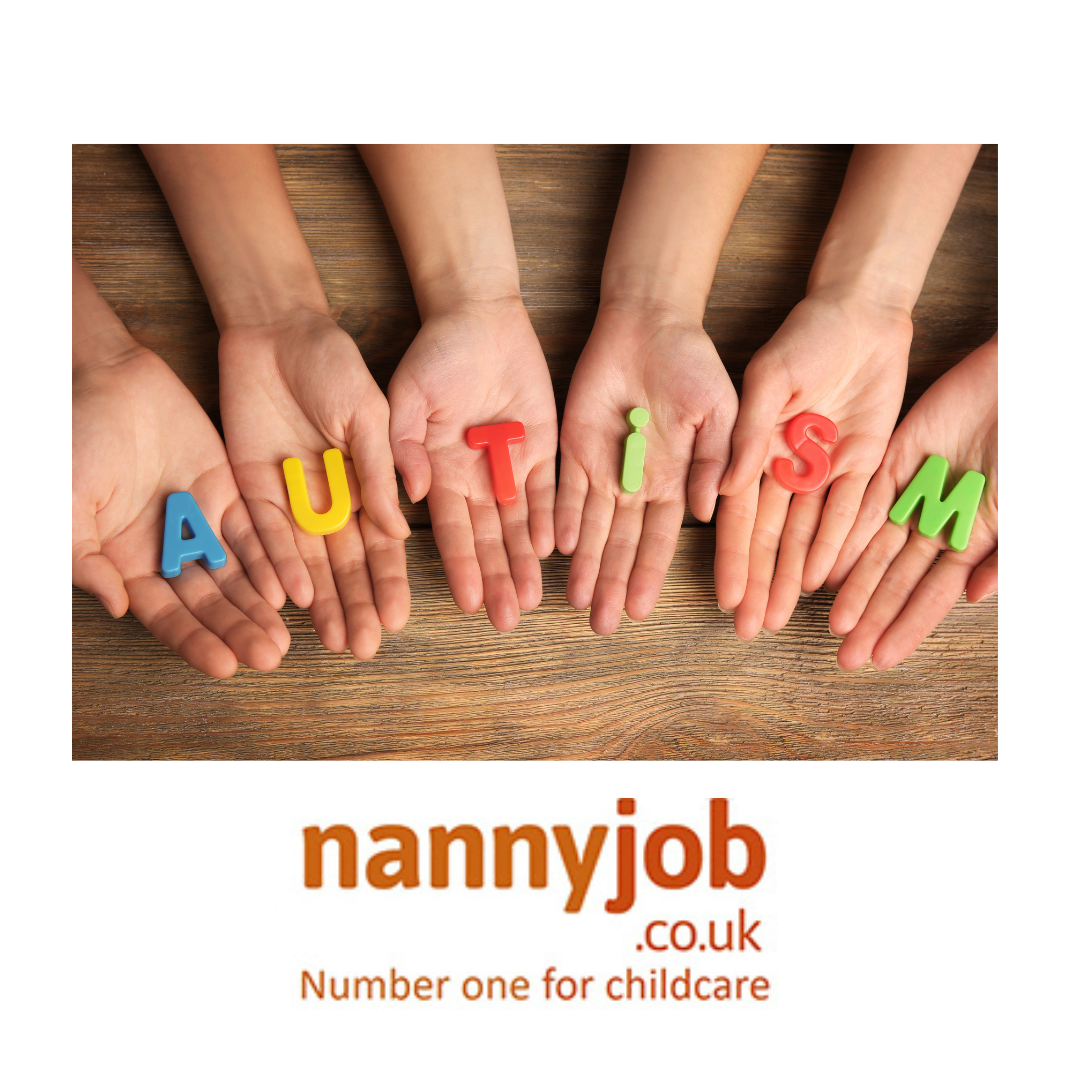Potty training is a significant milestone in a child’s development and can be a daunting task for parents, nannies, and childcarers alike. Knowing when to start and how to go about it can make the process smoother and more successful for everyone involved. Here’s a comprehensive guide on when and how to potty train, tailored for families and childcare professionals.
Knowing When to Start
1. Look for Readiness Signs: Children typically show readiness for potty training between the ages of 18 and 30 months, but it varies. Signs include showing interest in the toilet, staying dry for longer periods, being able to follow simple instructions, and being uncomfortable in soiled nappies.
2. Consider the Child’s Attitude: The child should be willing and not resistant to the idea of using the potty. Pushing them before they’re ready can lead to setbacks.
3. Stability is Key: Start training when there are no major changes or disruptions in the child’s or family’s routine, such as moving house or the arrival of a new sibling.
How to Begin Potty Training
4. Choose the Right Equipment: Invest in a child-sized potty or a special seat that attaches to the regular toilet. Let your child pick one that they like — it might make them more enthusiastic about using it.
5. Establish a Routine: Consistency is crucial. Take the child to the potty after meals, before bedtime, or any time they typically have a bowel movement. This builds habit and familiarity.
6. Use Positive Reinforcement: Praise successes and avoid scolding for accidents. Stickers, extra bedtime stories, or a happy dance can celebrate achievements.
7. Dress for Success: Put your child in clothes that are easy to take off quickly, such as pants with elastic waists or dresses.
8. Lead by Example: If possible, let children see family members using the toilet. This demystifies the process and makes it a normal part of their day.
9. Prepare for Nighttime: Nighttime training often comes later than daytime. Use waterproof mattress covers and consider pull-up diapers for overnight during this transition phase.
Tips for Nannies and Childcarers
10. Communicate with Parents: Ensure you’re using the same methods and rewards as the parents to maintain consistency. Regular updates can help everyone stay on track.
11. Be Patient: Every child is different. What works for one might not work for another. Patience and encouragement are key to helping a child through this process.
Conclusion
Potty training is not a race. The goal is to help the child gain confidence and independence at their own pace. With patience, consistency, and the right approach, this significant step can be a positive experience for both the child and their caregivers.










